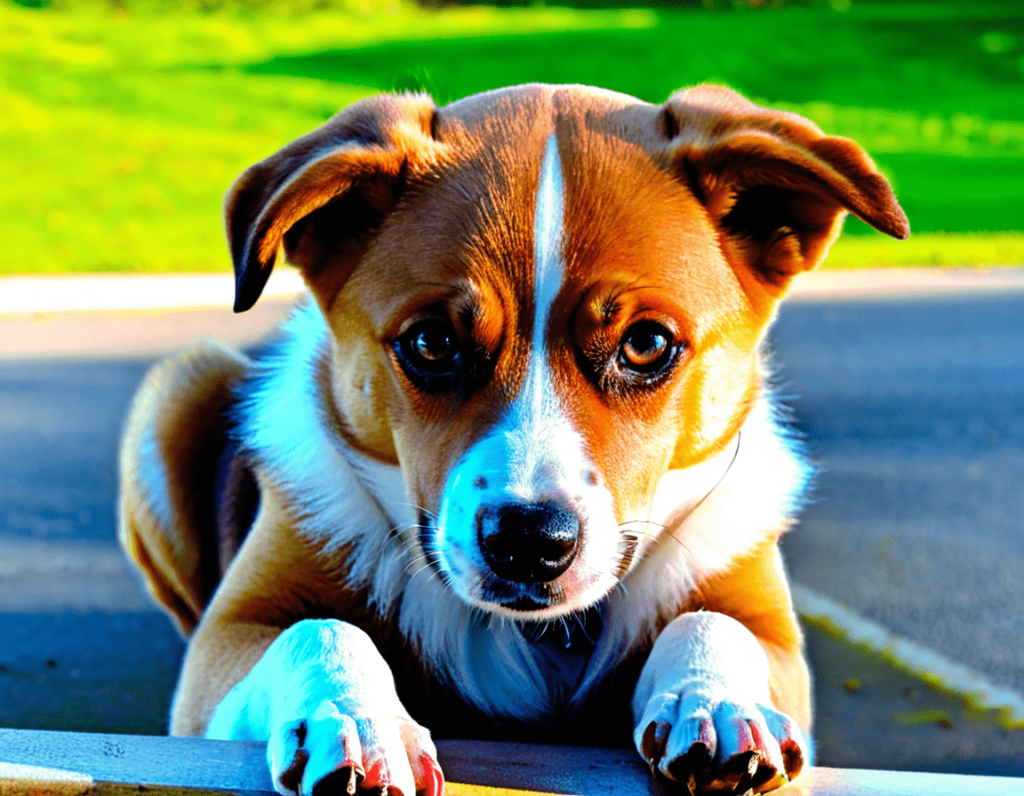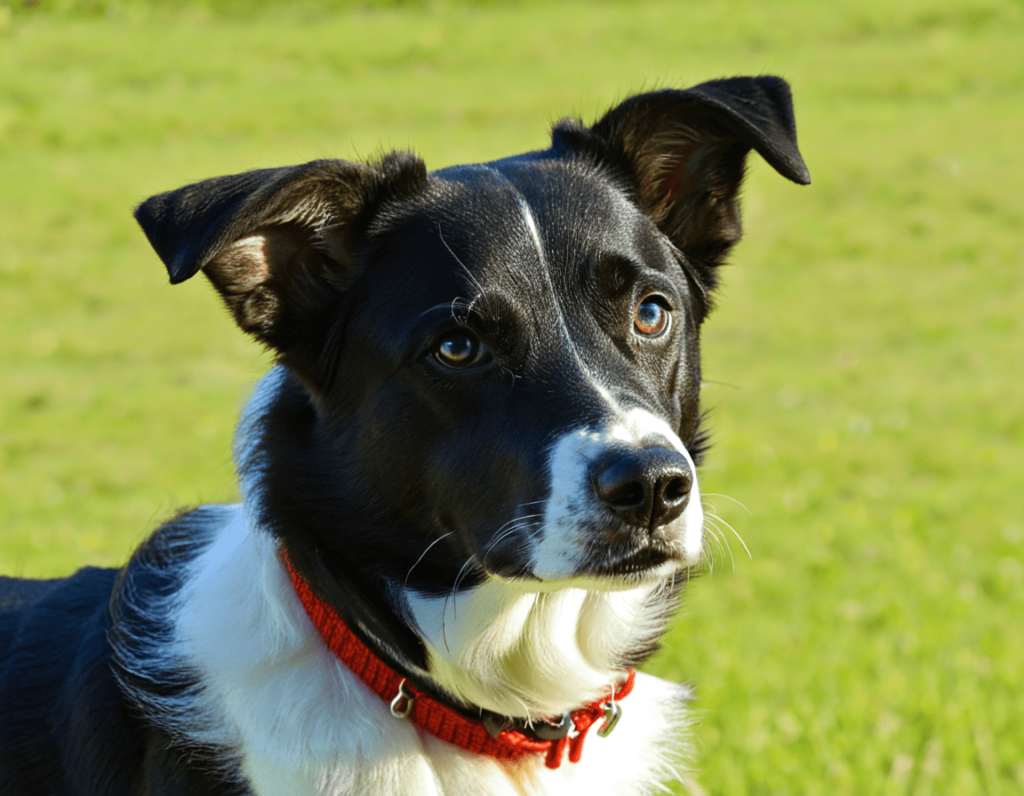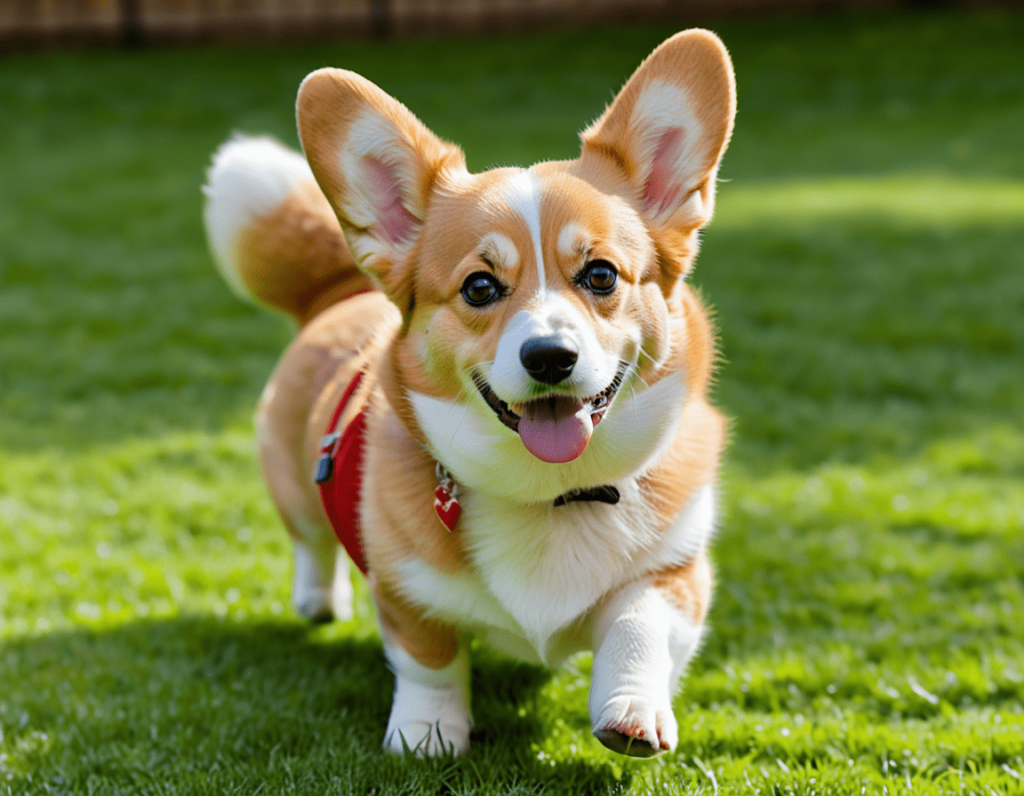Basic Dog Training Techniques

Training your dog doesn’t need to be rocket science! While your pup may sometimes look at you as if you’re speaking in riddles, teaching basic obedience can be easy and fun with the right approach. After all, every dog has its quirks, and who doesn’t love a well-behaved, tail-wagging sidekick?
Here’s a straightforward guide to help you get started with basic dog training techniques. And don’t worry, we’ll sprinkle in a little humour to make sure it doesn’t feel like just another “sit and stay” lecture!
Why Basic Dog Training is Essential
Training is more than just teaching tricks—it builds a bond between you and your dog, strengthens trust, and keeps them safe. Plus, it helps avoid embarrassing situations (we’ve all seen the dog that doesn’t come back after you call their name 15 times at the dog park). Basic commands set the foundation for good behavior and make daily life easier for both of you.
Getting Started: 5 Essential Commands Every Dog Should Know
These basic commands will cover most situations, from making sure your dog sits when guests come over to keeping them safe around busy streets. Let’s dive into the basics:
1. Sit
“Sit” is often the first command because it’s simple and gives you some quick wins.
How to Teach It:
Hold a treat close to your dog’s nose.
Slowly move the treat up, encouraging their head to follow and their bottom to naturally lower into a sitting position.
As soon as they sit, say “Sit,” give them the treat, and lots of praise.
Pro Tip: If your dog has a bit of a rebellious streak and decides to ignore the “sit” command, try asking with your “serious” voice. Dogs know when we mean business!
2. Stay
“Stay” is a handy command to keep your dog in one spot, especially if you need a moment to take out the trash without them following you out the door.
How to Teach It:
Start with your dog sitting.
Hold your hand up, like a traffic signal, and say “Stay.”
Take a small step back. If they stay, reward them right away.
Gradually increase the distance, making sure to reward them every time they stay.
Humour Alert: Teaching “stay” can sometimes feel like convincing a toddler to sit still—keep your treats handy and your patience strong!
3. Come
“Come” is crucial for safety, especially when your dog is off-leash. It’s also a helpful command when you’re ready to head home after the dog park.
How to Teach It:
Put your dog on a leash and kneel down to their level.
Say “come” in an excited tone, gently tugging the leash if necessary.
Reward with treats and praise as soon as they come to you.
Quick Laugh: This one might take some work—especially if your dog has a “selective hearing” phase, where they come only if they feel like it.
4. Down
“Down” can be more challenging, but it’s great for calming your dog and encouraging them to settle.
How to Teach It:
Hold a treat in your hand and let your dog sniff it.
Slowly lower your hand to the floor. They’ll follow it down, laying down to reach it.
As soon as they’re down, say “Down,” and reward them with the treat.
Funny Moment: Some dogs like to “cheat” by just bending down halfway. If your pup does this, keep practicing. They’ll get the idea that “down” means all the way down!
5. Leave It
Dogs are curious creatures, and “leave it” is perfect for those moments when they’re a little too curious (like sniffing around the trash or eyeing a snack that fell on the floor).
How to Teach It:
Hold a treat in each hand. Show your dog one closed fist with the treat and say, “Leave it.”
They may sniff or paw at your hand, but as soon as they stop, reward them with the treat from your other hand.
Repeat until they understand that “leave it” means ignoring the first treat to get a better reward.
Humour Alert: “Leave it” can feel like magic when it orks, but you might feel like a broken record in the beginning. Stick with it—it’s worth the effort!

Tips for Successful Dog Training
Training doesn’t have to be serious business. Here are some tips to keep it fun and effective:
Keep Sessions Short and Sweet: Dogs have short attention spans, so aim for 10-15 minutes per session.
Be Consistent: Use the same words and gestures every time so your dog knows exactly what you expect.
Reward, Don’t Punish: Positive reinforcement is key. Reward good behaviour with treats, praise, or playtime to keep your dog motivated.
Train in Different Environments: Dogs are creatures of habit, so practice commands in various settings (home, park, etc.) to make sure they follow through no matter where you are.
Stay Patient: Every dog learns at their own pace, and some commands take longer than others. With time, they’ll catch on—and your hard work will pay off!
Common Dog Training Challenges (and How to Overcome Them)
Sometimes training doesn’t go exactly as planned, and that’s okay! Here are some common hiccups and ways to handle them:
Problem: The dog doesn’t respond to commands consistently.
Solution: Make sure you’re training in a distraction-free environment first. Once they’ve mastered a command, practice in more distracting areas gradually.
Problem: Dog only listens when you have treats.
Solution: Start phasing out treats by rewarding every other time, and gradually replace treats with praise or a quick game of tug-of-war
Problem: The dog gets bored easily during training.
Solution: Keep things fresh by switching up commands, introducing new tricks, or training in different locations.
Wrapping It Up: Training is Fun, Not a Chore
Dog training might take time, but the rewards are worth it. Plus, it’s a fantastic way to bond with your dog, keep them mentally stimulated, and make your life a whole lot easier. Remember, every dog is unique, so be patient, stay positive, and enjoy the journey. You’ll soon have a well-behaved, tail-wagging companion who’s ready to show off their new skills—and maybe even make your friends a little jealous of your dog’s good manners!
Moving Beyond the Basics: What’s Next?
Once you’ve mastered these five basic commands, you and your pup are on the way to training greatness! Many dog owners find that training is a lifelong process that helps keep their dogs sharp and engaged. From fun tricks like “roll over” and “high five” to more advanced skills like agility training or scent work, there’s always something new to learn together.
Here are a few ideas to take your training to the next level:
Teach a Recall Command: This is like “come,” but specifically trained for those moments when you absolutely need your dog to come back (think of it as a supercommand).
Master Loose Leash Walking: If your dog loves to pull, loose leash walking can be a game-changer. It teaches them to walk beside you rather than dragging you down the sidewalk.
Introduce Agility Basics: Agility courses are fantastic for high-energy dogs and can be a great way for you to bond. You can even set up a mini agility course in your backyard with cones and low hurdles!
Practice Impulse Control Games: Games like “wait” and “take it” can be fun ways to challenge your dog’s self-control while keeping training playful.
Scent Games: Hide a treat or toy somewhere in the room and let your dog sniff it out. Scent games are perfect for mental stimulation and can help satisfy their natural curiosity.

Training Styles to Explore
If you find yourself really getting into the world of dog training, you might want to explore different training styles. Some popular approaches include:
Clicker Training: Uses a small clicker to “mark” good behaviour, followed by a treat. The click sound helps reinforce the desired behaviour at the exact moment it happens.
Positive Reinforcement: Focuses on rewarding good behaviour and ignoring (or redirecting) undesirable ehavior. This method creates a happy, cooperative relationship between you and your dog.
Balanced Training: Combines positive reinforcement with gentle correction techniques for situations where a dog needs extra guidance.
Each dog is unique, so feel free to try different styles until you find the one that fits best for you and your dog’s personality!
Final Thoughts: Remember to Have Fun
At the end of the day, training should be a positive, enjoyable experience for both of you. A well-trained dog is a happy dog, and you’ll enjoy life together so much more when you have mutual respect and understanding.
And don’t forget, humour is key! There will be funny moments, goofy mishaps, and times when your dog looks at you like you’re speaking another language—just roll with it, keep smiling, and celebrate every small success.
So grab your treats, get ready to laugh, and start building that unbreakable bond with your furry best friend. Training isn’t just about commands; it’s about creating trust, joy, and lasting memories that both you and your dog will cherish. 🐶🐾
Basic Dog Training Techniques FAQs:
1. What’s the Best Age to Start Training a Dog?
Answer: It’s never too early to start! Puppies as young as 8 weeks can begin learning basic commands. If you’re working with an older dog, don’t worry—they can still learn new tricks! Just remember that puppies and older dogs may learn at different paces, so keep patience on hand.
2. How Long Should Each Training Session Be?
Answer: Aim for about 10-15 minutes per session, especially with puppies. Dogs tend to have short attention spans, so shorter sessions help keep them engaged. And remember, it’s better to have multiple short sessions throughout the day than one long session.
3. What Are the First Commands I Should Teach My Dog?
Answer: The top commands to start with are “sit,” “stay,” “come,” “down,” and “leave it.” These are foundational commands that can help you handle everyday situations and keep your dog safe. Once they’ve mastered the basics, you can move on to more advanced tricks.
4. How Do I Get My Dog to Listen Without Using Treats?
Answer: Start by using treats to teach new commands, then gradually phase them out by rewarding every other time, then less frequently. Over time, you can replace treats with praise, toys, or a good belly rub as rewards. The goal is to make listening to you a positive experience, even without treats!
5. My Dog Only Listens at Home. How do I train them to behave everywhere?
Answer: Dogs often struggle with “generalising” commands across different environments. Practice each command in various settings with gradually increasing distractions. Start in a quiet room, then try it in your backyard, at the park, or on a walk. With practice, they’ll learn to listen no matter where you are!
6. How Can I Train My Dog Not to Jump on People?
Answer: When your dog jumps, turn away and ignore them until all four paws are on the ground. Reward them when they’re calm and not jumping. Consistency is key! Over time, they’ll understand that staying grounded gets them the attention they want.
7. What’s the Best Way to Stop Unwanted Behaviours, Like Chewing or Barking?
Answer: For behaviours like chewing, make sure they have appropriate chew toys, and redirect them to those toys when they chew on something they shouldn’t. For barking, teach a “quiet” command by rewarding them when they stop barking on cue. With any unwanted behaviour, redirection and patience are essential.
8. Should I Use a Clicker for Training?
Answer: Clicker training can be very effective! The click sound “marks” the exact moment of good behaviour, which helps your dog learn faster. It’s not necessary for every dog, but many people find it helpful in training specific behaviours or when training puppies.
9. What’s the Difference Between “Sit” and “Stay”?
Answer: “Sit” asks your dog to sit down immediately, while “Stay” asks them to remain in that position until released. It’s common to teach “Sit” first and then use it as a starting point to teach “Stay.” Think of “stay” as an extended “sit” with a bit more self-control.
10. How Do I Get My Dog to “Come” When Called?
Answer: Use a happy, excited tone to encourage your dog to come to you, and reward them generously when they do. Practicing indoors first is often helpful before trying it in outdoor or more distracting settings. If your dog tends to ignore the “Come” command, try reinforcing it with treats and praise to make it worth their while.
11. Is It Okay to Train My Dog When They’re Tired?
Answer: Training is most effective when your dog has some energy but isn’t overexcited. If they’re too tired, they may lose focus. Aim for a session when they’re calm and attentive, like after a short walk or a bit of playtime.
12. What Should I Do if My Dog Gets Frustrated or Overwhelmed During Training?
Answer: If your dog seems frustrated, take a short break and come back to it later. Training is most effective when it’s positive and fun, so keep sessions light and avoid pushing them if they’re struggling. End each session on a good note by asking for an easy command and rewarding them.
13. How Often Should I Train My Dog?
Answer: Aim for daily practice, even if it’s just for a few minutes. Consistency helps reinforce what they’re learning, and regular training sessions (even brief ones) keep them mentally engaged.
14. Can I Train My Dog by Myself, or Should I Go to a Professional Trainer?
Answer: Many basic commands can be taught at home, and with patience, most people do well on their own. However, if you’re struggling with specific behavioural issues or want guidance, working with a professional trainer can be incredibly helpful, especially for more challenging behaviours.
15. How Long Does It Take to Train a Dog?
Answer: Training is an ongoing process and can vary widely based on your dog’s age, breed, and personality. Most dogs learn basic commands within a few weeks of consistent training, but regular reinforcement is essential to maintaining good habits. Training may take longer for advanced commands or for stubborn pups—just remember, progress is progress!
Wrapping Up: Training is a Journey, Not a Destination
Remember, training your dog is all about building a strong relationship and making life enjoyable for both of you. You’ll hit some bumps, have some laughs, and end up with a dog that’s not only obedient but also a trusted friend. So, go ahead—grab the treats, keep your patience in check, and enjoy every step of the journey with your four-legged pal!


